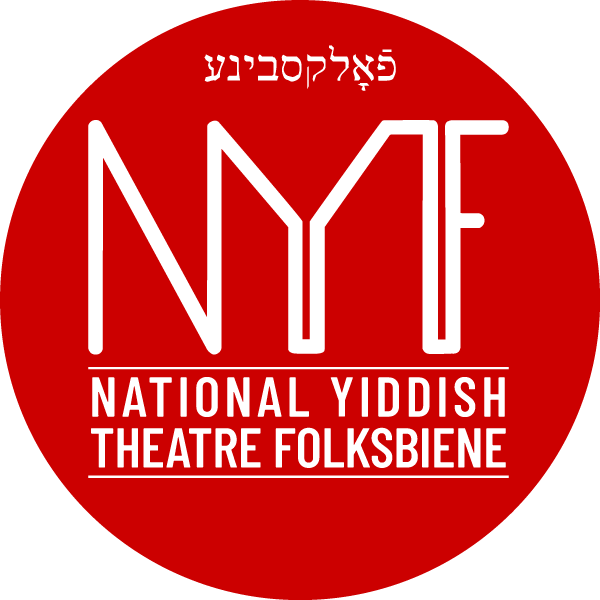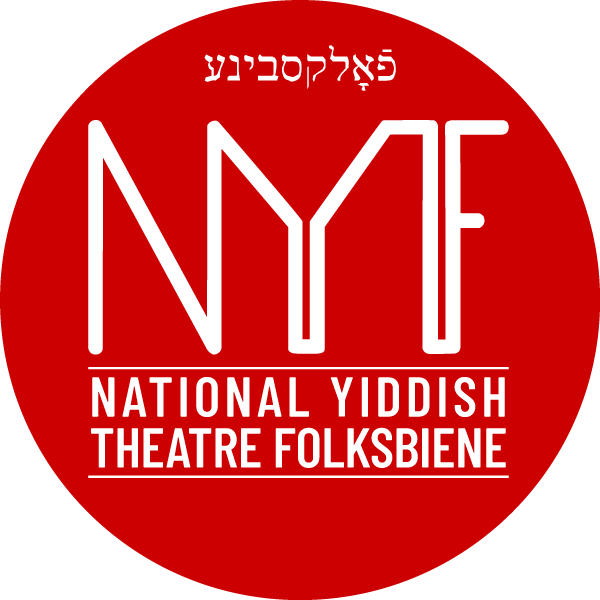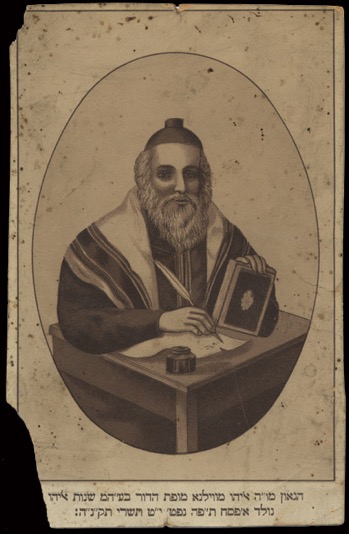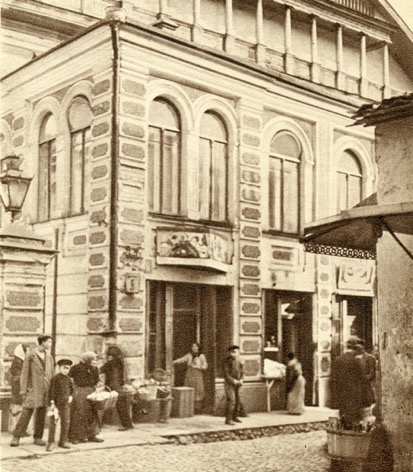The Paper Brigade
Smuggling Jewish Treasures
in Nazi-Occupied Vilna
The Sorceress – Musical
Now Playing thru Dec. 29, 2019
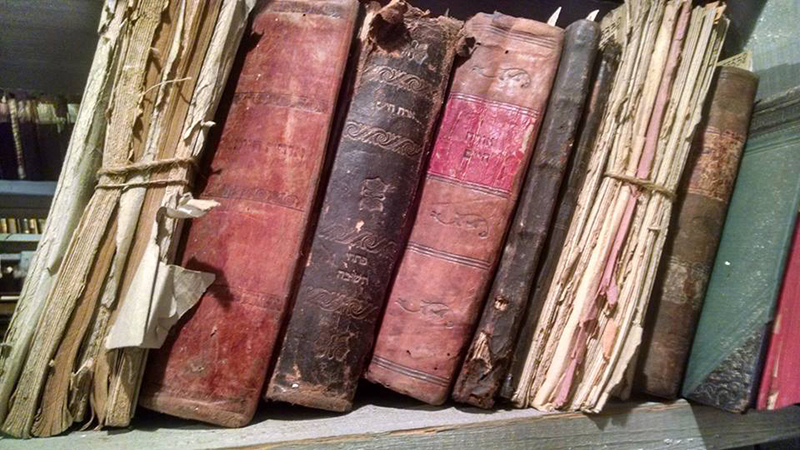
Would you risk your life for a book?
A group of poets and scholars living under Nazi rule in the Vilna Ghetto did. Under the most harrowing conditions, they saved numerous cultural treasures from the Nazis, among them parts of the score of this show, Di kishefmakherin, or The Sorceress.
Shortly after the Nazis occupied Vilna, a city renowned for Jewish scholarship, a Nazi unit began to plunder the city’s famed Jewish libraries, seeking rare books and manuscripts. Needing a collecting point, this unit took over the large building that was home to the YIVO Institute for Jewish Research, an organization that studied Jewish history and culture. The Nazis forced a group of Jews from the ghetto to sort and pack the Jewish cultural treasures they had stolen and sent them to Germany. Fearing the loss of the archives YIVO had collected over the years, these intellectuals, known as “The Paper Brigade,” decided to secretly place portions of YIVO’s archives into the shipments going to Germany and also to smuggle what they could out of the YIVO building and into the ghetto, where they buried it for safekeeping. After the war, these smuggled materials were found both in a warehouse in Frankfurt and in the ruins of the Vilna Ghetto. Much of this material was returned to the YIVO Institute, which had been reconstituted in New York City. Most of those who worked in “The Paper Brigade” did not survive the war. But thanks to them, a portion of Eastern Europe’s cultural treasures survived. This is their story.
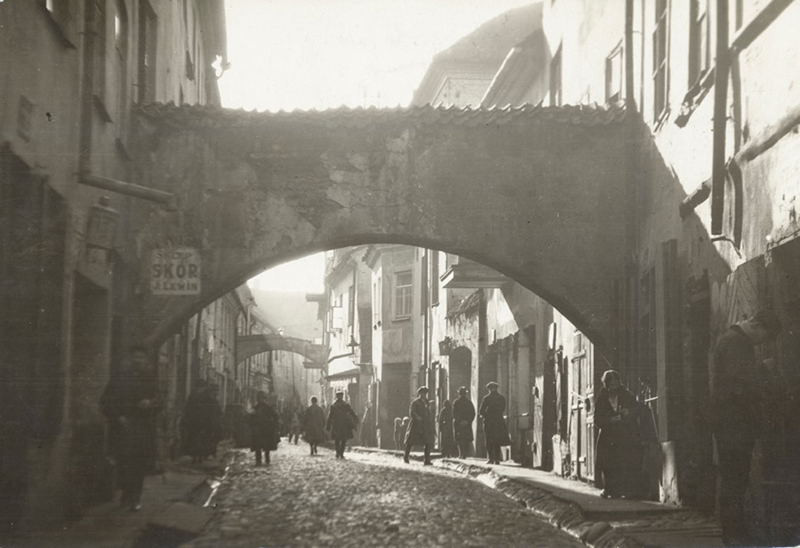
On the eve of World War II, fifty-thousand Jews lived in Vilna, then Poland’s fourth-largest city. They made up nearly half the city’s population.
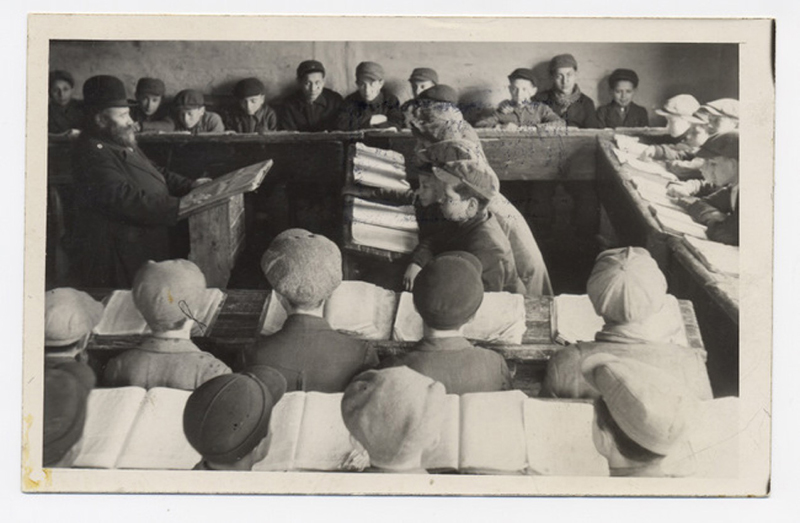
Known as the “Jerusalem of Lithuania,” Vilna had a reputation as a city of Jewish scholarship, religious at first, and, as modernity approached, more secular.
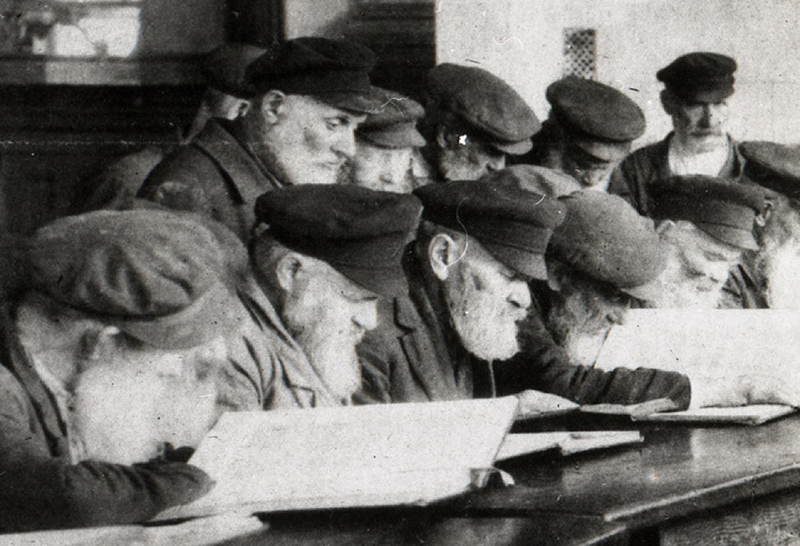
Home to Rabbi Elijah, the Gaon of Vilna, the city had famed Jewish libraries and scholarly institutions, among them the Strashun Library, which was one of the first Jewish public libraries.
By the early 20th century, Jewish secular institutions became an important part of Vilna’s intellectual landscape.
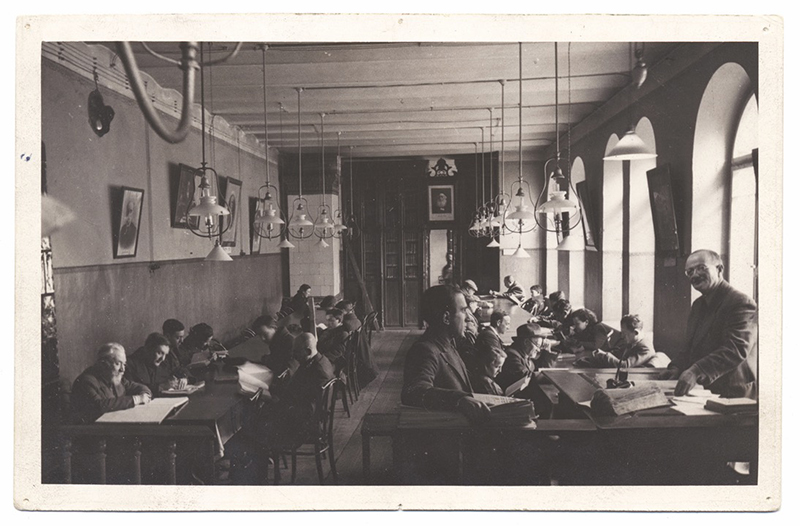
By the early 20th century, Jewish secular institutions became an important part of Vilna’s intellectual landscape.
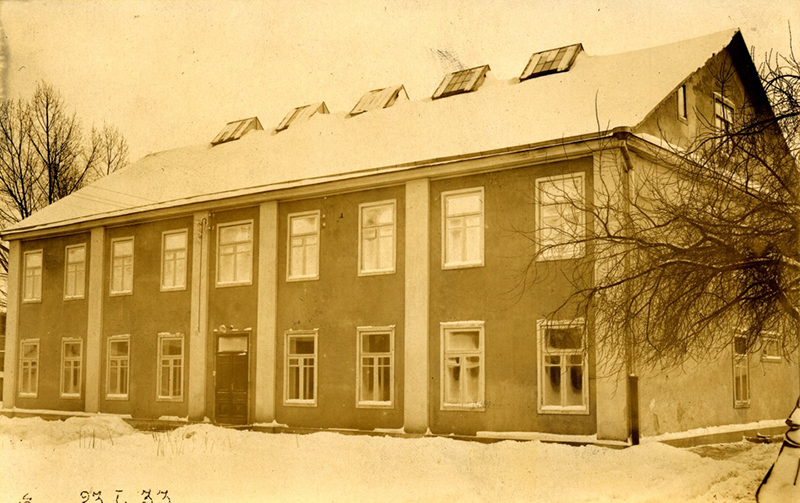
Vilna was also home to the YIVO, Der yidisher visenshaftlikher institute, or The Yiddish Scientific Institute, an organization founded in 1925 to preserve and study Eastern European Jewish culture.
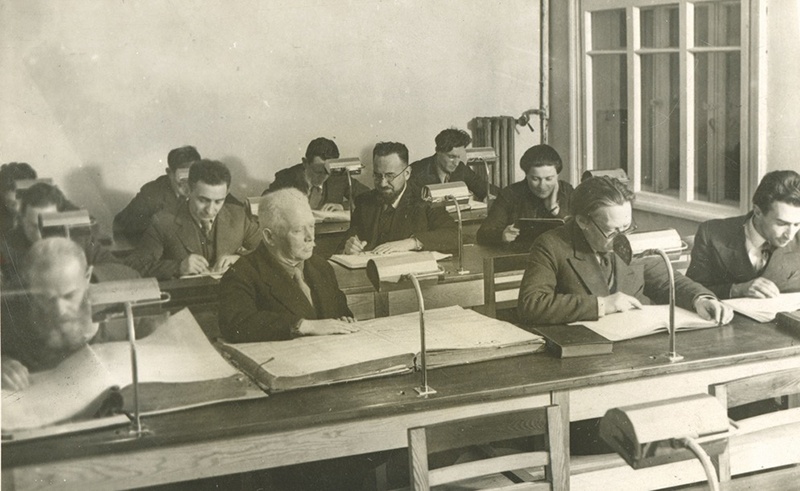
The YIVO was the first scholarly institution to focus on the preservation and study of Eastern European Jewry and their diasporic culture. With a deep interest in all aspects of life, YIVO began to collect materials of all kinds from all over the world.
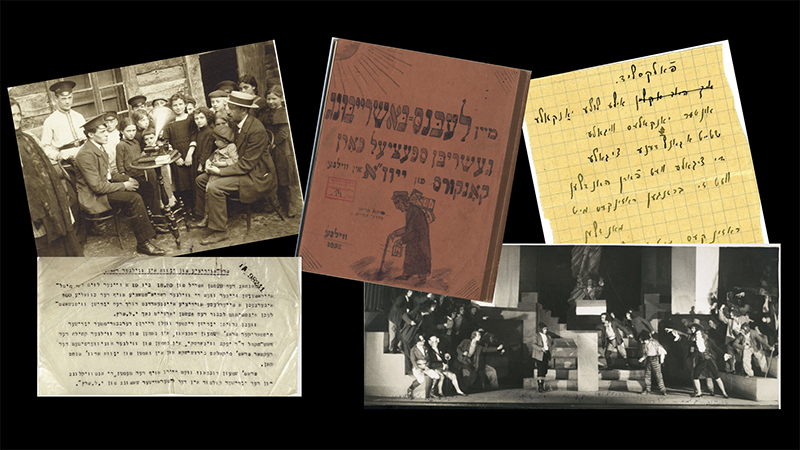
By 1939, YIVO had amassed a huge archive comprised of manuscripts, correspondence, photographs, recordings, art, folklore and more. In addition, they maintained a library of tens of thousands of volumes, among them thousands of Jewish periodicals from all of the world.
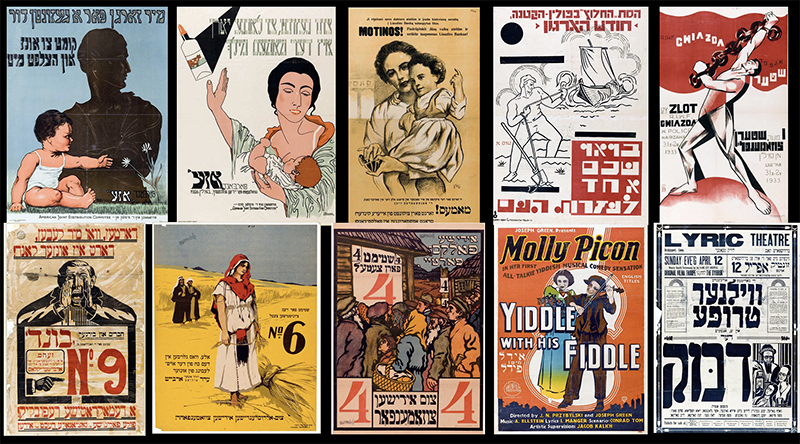
YIVO also collected thousands of posters related to Jewish life before the Holocaust.
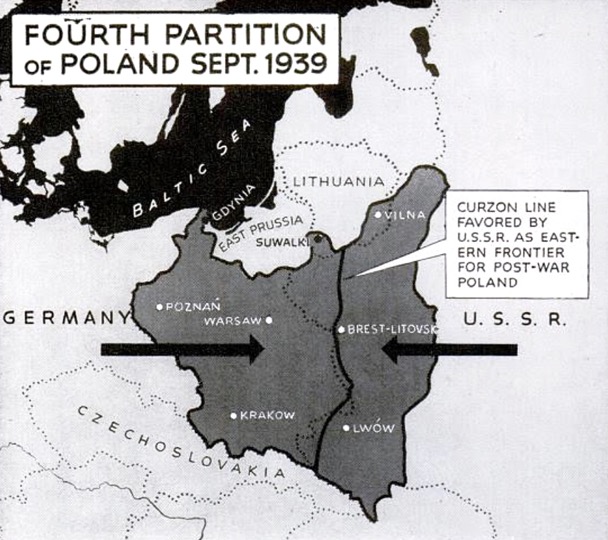
When World War II broke out in September, 1939, Poland was divided between Germany and the Soviet Union. Vilna was in the Soviet sector until June 1941, when the Nazis attacked the USSR.
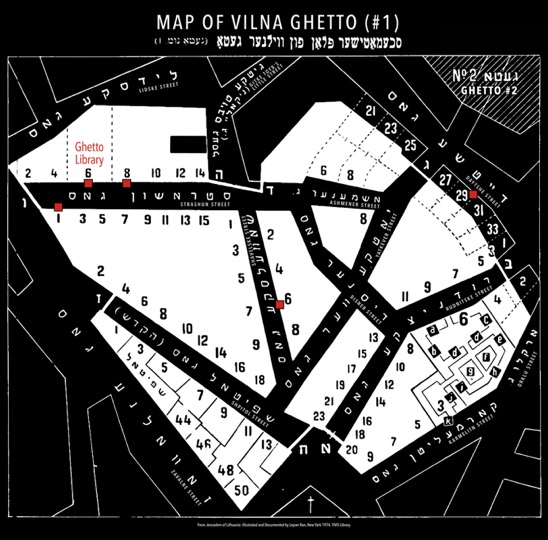
Shortly after occupying Vilna at the end of June 1941, the Nazis began the process of ghettoizing and exterminating the Jewish community.
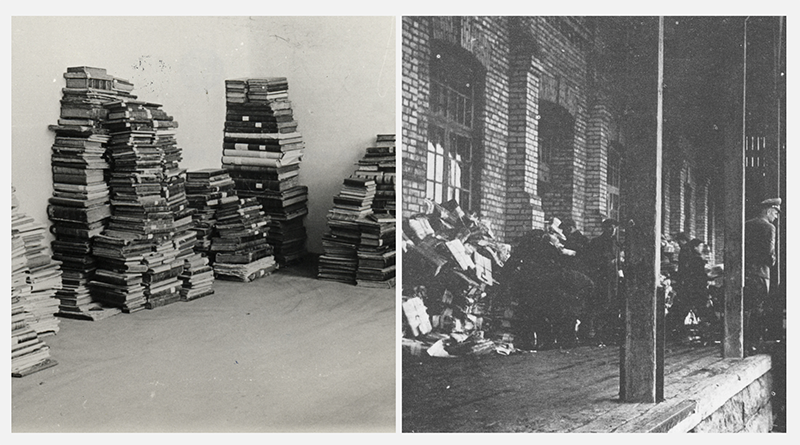
At the same time, a Nazi unit called Einsatzstab Rosenberg, whose purpose it was to plunder museums and libraries for valuable art, books, and manuscripts, took over the YIVO building to use it as a collecting point for materials they were stealing from libraries and museums for shipment to Germany.
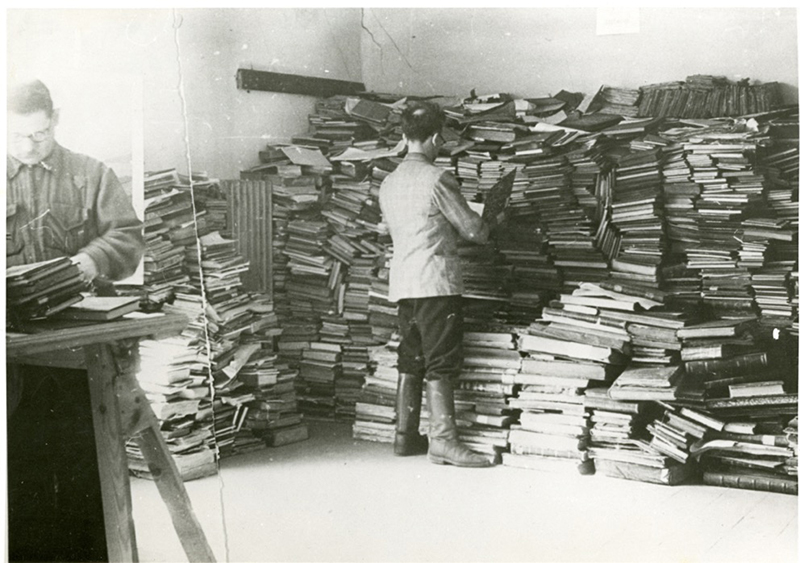
But the Germans who worked on the Einsatzstab Rosenberg didn’t know the languages of the Jewish material they had stolen and were not able to catalog it. So they created a slave labor brigade of Jews from the Vilna Ghetto. Made up of writers, poets, and intellectuals, this group of Jews was sent from the ghetto to the YIVO building to catalog and pack these materials and send them to Germany.
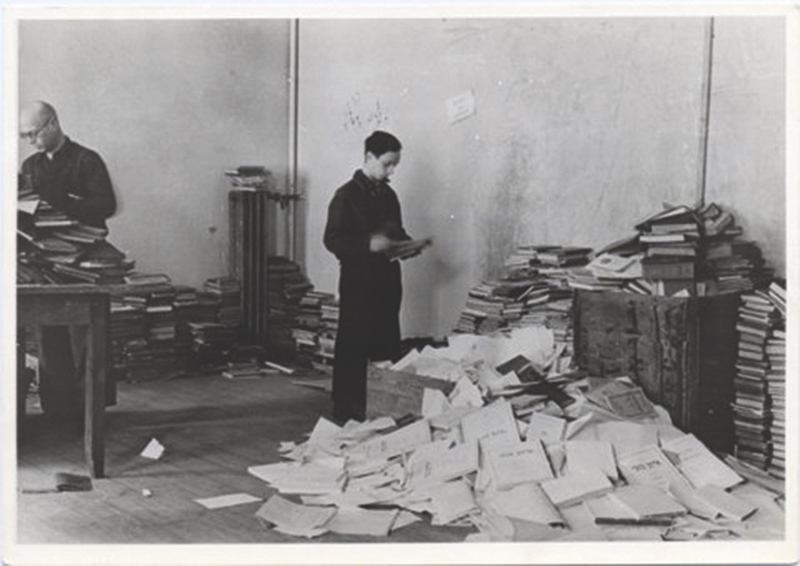
Some of these Jewish laborers had worked at YIVO before the war and knew that the Germans would eventually destroy YIVO’s collections. They decided to secretly place rare YIVO materials together with the books and artifacts being shipped to Germany.
Though convinced they wouldn’t survive the war, they believed the Germans would eventually lose and that someone would find these documents and would know what to do with them.
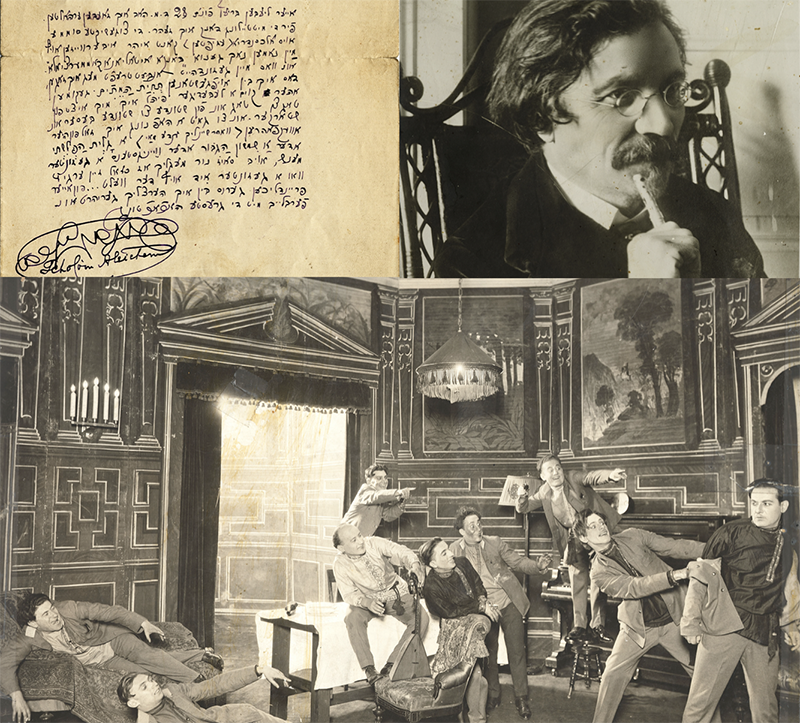
Among these materials were documents and artifacts that YIVO had collected over the years: manuscripts and letters of famous writers like Sholem Aleichem, I.L. Peretz, and Mendele Moykher-Sforim, among many others. YIVO’s Vilna collection also included folklore, historical, and linguistics materials, as well as recordings and photographs.
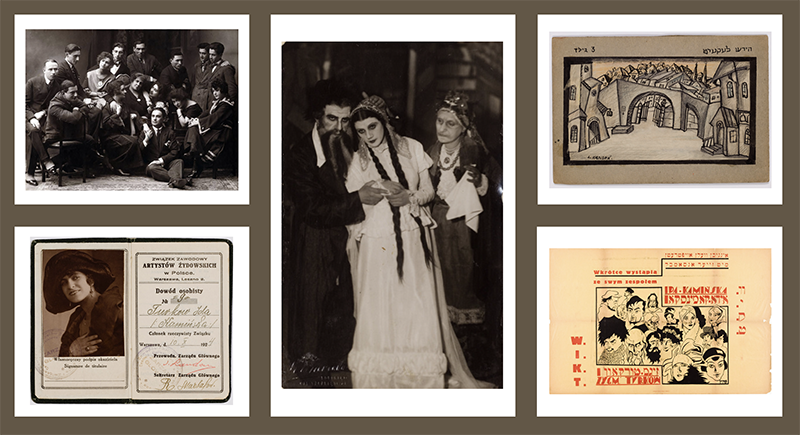
Also among these materials was the famed Yiddish theater collection of Esther-Rokhl Kaminska, the most important collection of Yiddish theater artifacts in the world.
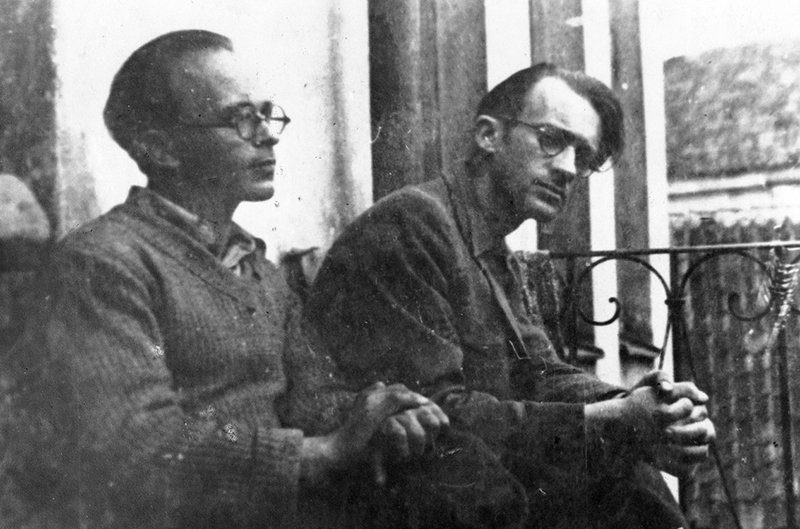
Another group of laborers among those Jews forced to work in the YIVO during the war decided to save books and documents by smuggling them back into the ghetto and burying them. Organized by poets Shmerke Katsherginski and Avrom Sutskever, they risked their lives by smuggling rare Jewish cultural treasures past the ghetto guards, who called them, “The Paper Brigade.”
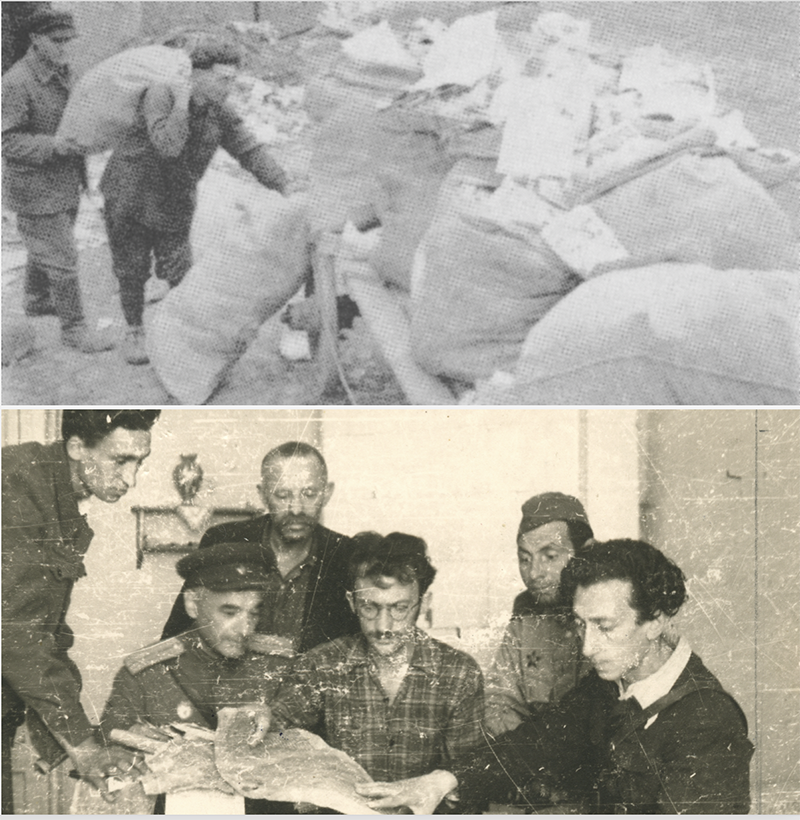
Exhumed after the war from the ruins of the Vilna Ghetto by the few survivors of the Paper Brigade, many of these materials were sent to YIVO in New York. Much of it remained in Vilna, and was only discovered after the fall of the Soviet Union in the late 1980s. These materials are currently being digitized by YIVO and the Lithuanian National Library in Vilnius.
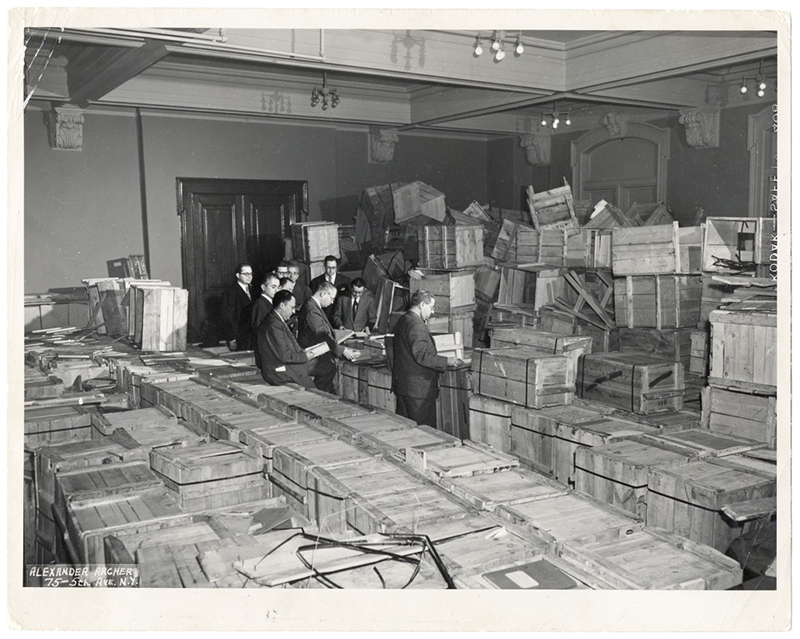
The YIVO materials that were shipped to Germany by the Nazis during the war were discovered in 1945 by the “Monuments Men” of the US Army. These thousands of books and artifacts were sent to YIVO’s offices in New York in 1947.
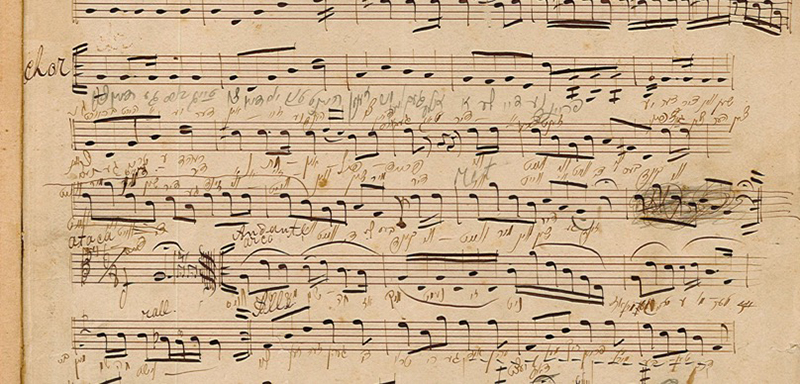
Thanks to the perseverance of a small number of dedicated Jews who risked their lives for these historical documents, YIVO retained a portion of its pre-war archive. Without them, rare documents like this original, handwritten musical portion of Di kishefmakherin, which had been secretly sent from Nazi-occupied Vilna to Frankfurt during the war, this Folksbiene production would not have been possible.
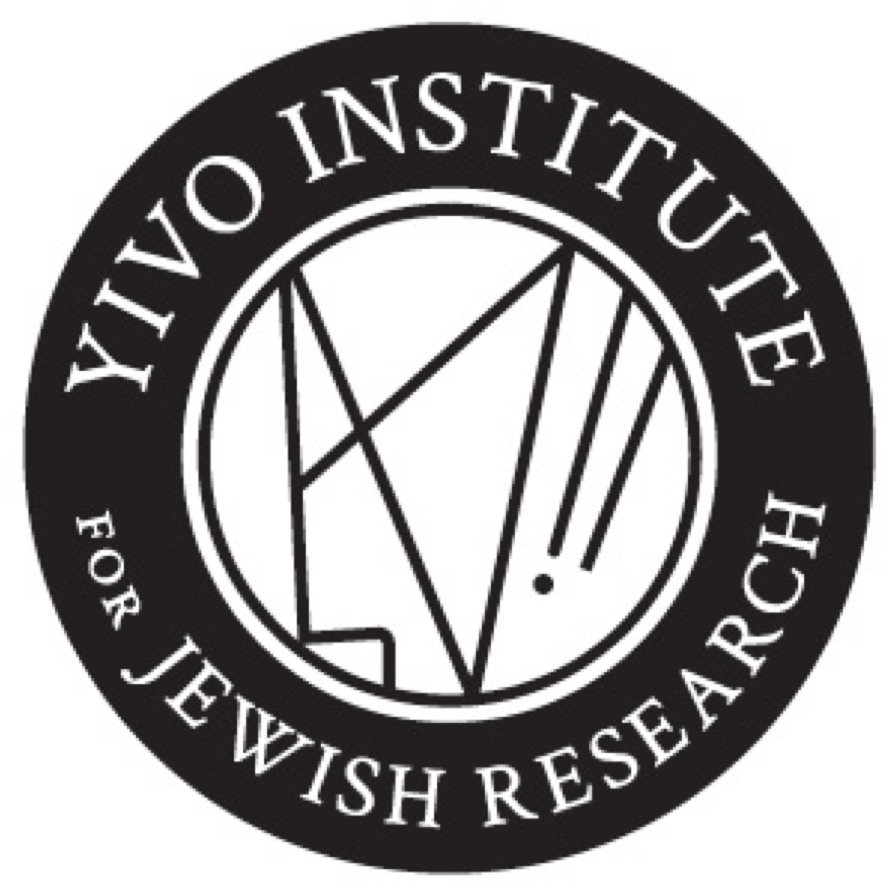
This exhibit was created by the YIVO Institute for Jewish Research with materials from its collections.
© 2019 YIVO Institute for Jewish Research,
15 W. 16th St., New York, NY 10011 www.yivo.org
